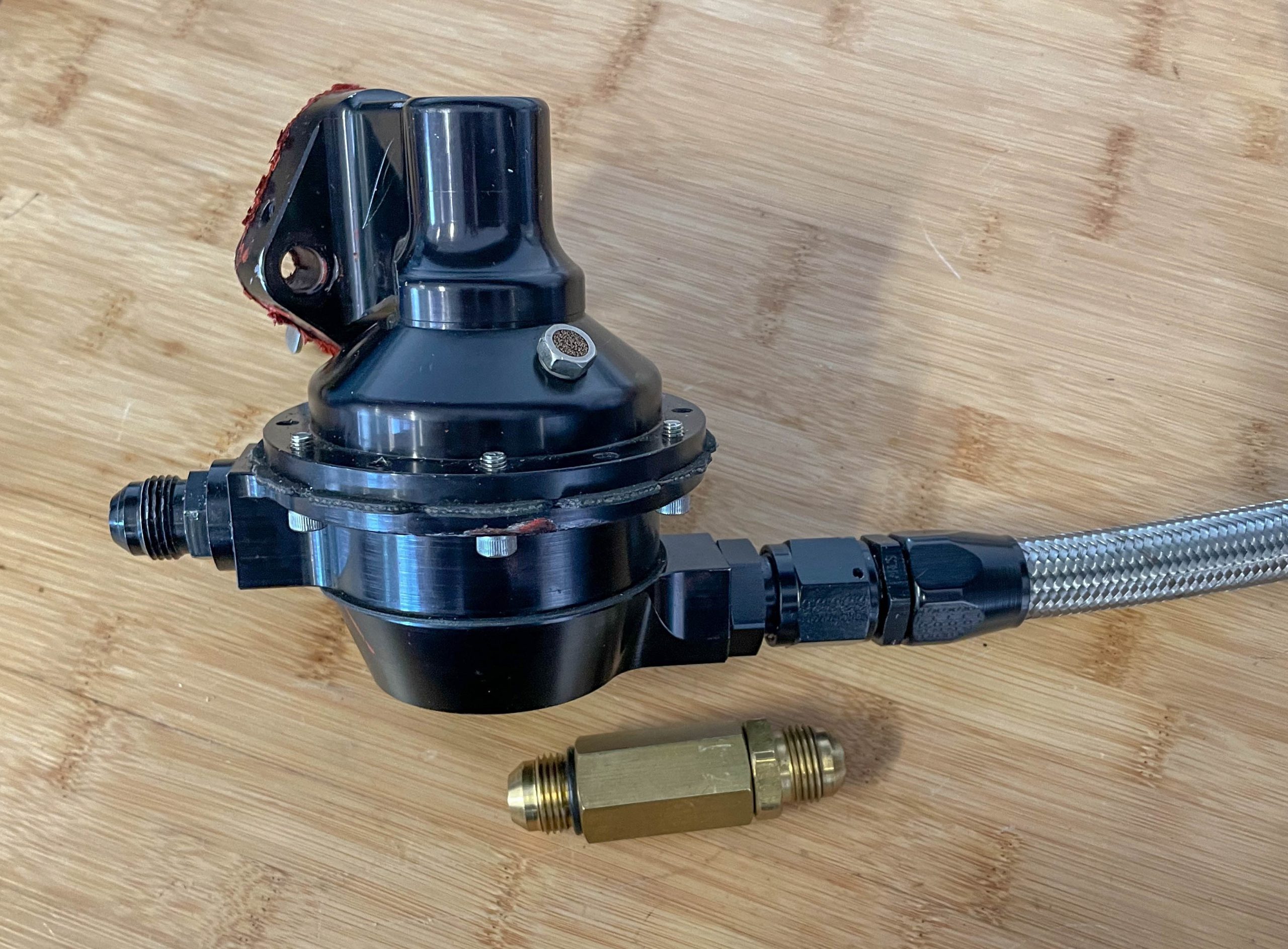Imagine being stranded on the side of the road, your car’s engine sputtering and refusing to start. The cause? A faulty fuel pump control relay switch. Such a small component, yet it plays a vital role in ensuring the smooth flow of fuel to your engine.
Intermittent engine stalling, decreased fuel efficiency, and difficulty starting the engine are all telltale signs of a failing fuel pump control relay switch. This switch serves as the brainchild of your car’s fuel system, controlling the flow of electricity to the fuel pump. Without a properly functioning switch, the fuel pump cannot operate effectively, leading to fuel starvation issues that can leave you stranded.

The fuel pump control relay switch is an essential component of your car’s electrical system. It acts as a gatekeeper, allowing electricity to reach the fuel pump only when needed. By regulating the fuel flow, it ensures optimal performance, reduced emissions, and improved fuel efficiency.

In the early days of automobiles, mechanical fuel pumps were used instead of electrical ones. As cars evolved, so did the need for a more efficient way to control fuel flow. The introduction of the fuel pump control relay switch revolutionized fuel delivery systems, paving the way for more sophisticated engine management. However, like any automotive component, myths have circulated about the relay switch, making it important to separate fact from fiction.

Beyond its primary function, the fuel pump control relay switch plays a crucial role in several hidden automotive processes. It interacts with other sensors and modules, including the engine control unit and anti-lock braking system, to ensure seamless coordination of various vehicle systems.

Regular maintenance and timely replacement of the fuel pump control relay switch are essential for ensuring uninterrupted fuel supply. Skilled technicians recommend replacing the switch every 60,000 to 80,000 miles or as directed by the vehicle’s manufacturer. Using high-quality aftermarket parts is crucial to maintain optimal performance and prevent premature failures.

Diagnosing a faulty fuel pump control relay switch requires a systematic approach. Start by checking the switch’s connection to the battery and chassis ground. Loose or corroded connections can disrupt electrical flow. If no obvious issues are detected, use a test light or multimeter to check for power and ground at the switch’s terminals.

Replacing the fuel pump control relay switch is a relatively straightforward task. Gather the necessary tools, including a socket wrench, screwdriver, and replacement switch. Refer to your vehicle’s service manual for specific instructions on locating and replacing the switch. Remember to disconnect the negative battery terminal before performing any electrical repairs.
A failed fuel pump control relay switch can lead to several issues, including:
The fuel pump control relay switch is an indispensable component of your car’s fuel system, playing a crucial role in ensuring a seamless flow of fuel to the engine. By understanding its function, importance, and potential issues, you can ensure that your car operates at its optimal performance and fuel efficiency. Regular maintenance and timely replacement of the fuel pump control relay switch will help you avoid costly roadside breakdowns and keep your vehicle running smoothly for years to come.